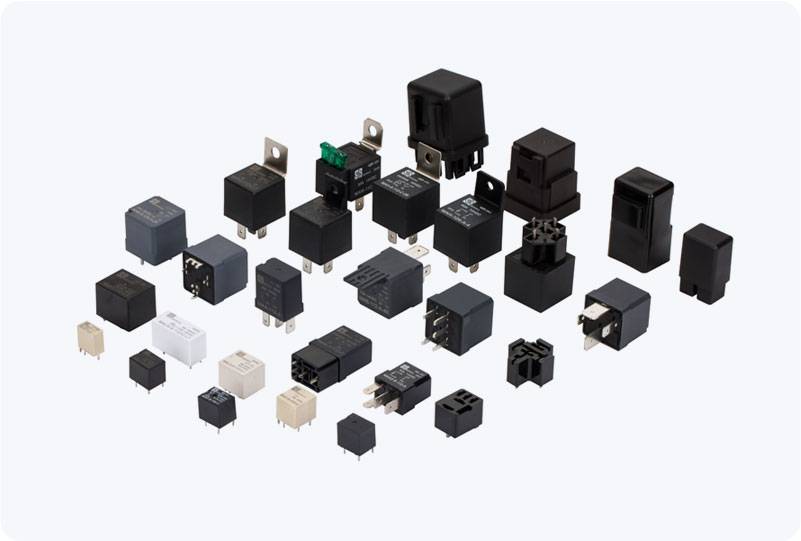In industries where hazardous materials are handled, safety is paramount. One of the critical components that ensure operational safety in such environments is the Hazardous Area Relay. These specialized relays are designed to function in explosive atmospheres, preventing ignition sources that could lead to catastrophic events. This article will explore the significance, design characteristics, applications, and regulatory standards associated with Hazardous Area Relays.

What is a Hazardous Area Relay? A Hazardous Area Relay is a type of electrical relay specifically engineered to operate in areas that may contain explosive gas, vapors, or dust. Various industries—including oil and gas, chemical manufacturing, pharmaceuticals, and mining—frequently encounter these hazardous conditions, necessitating the use of specialized equipment to mitigate risks. Key Features and Design Considerations One of the primary features of Hazardous Area Relays is their robust and fail-safe design. These relays are constructed with materials and technologies that prevent sparks and heat generation during operations, which are critical factors in preventing explosions.